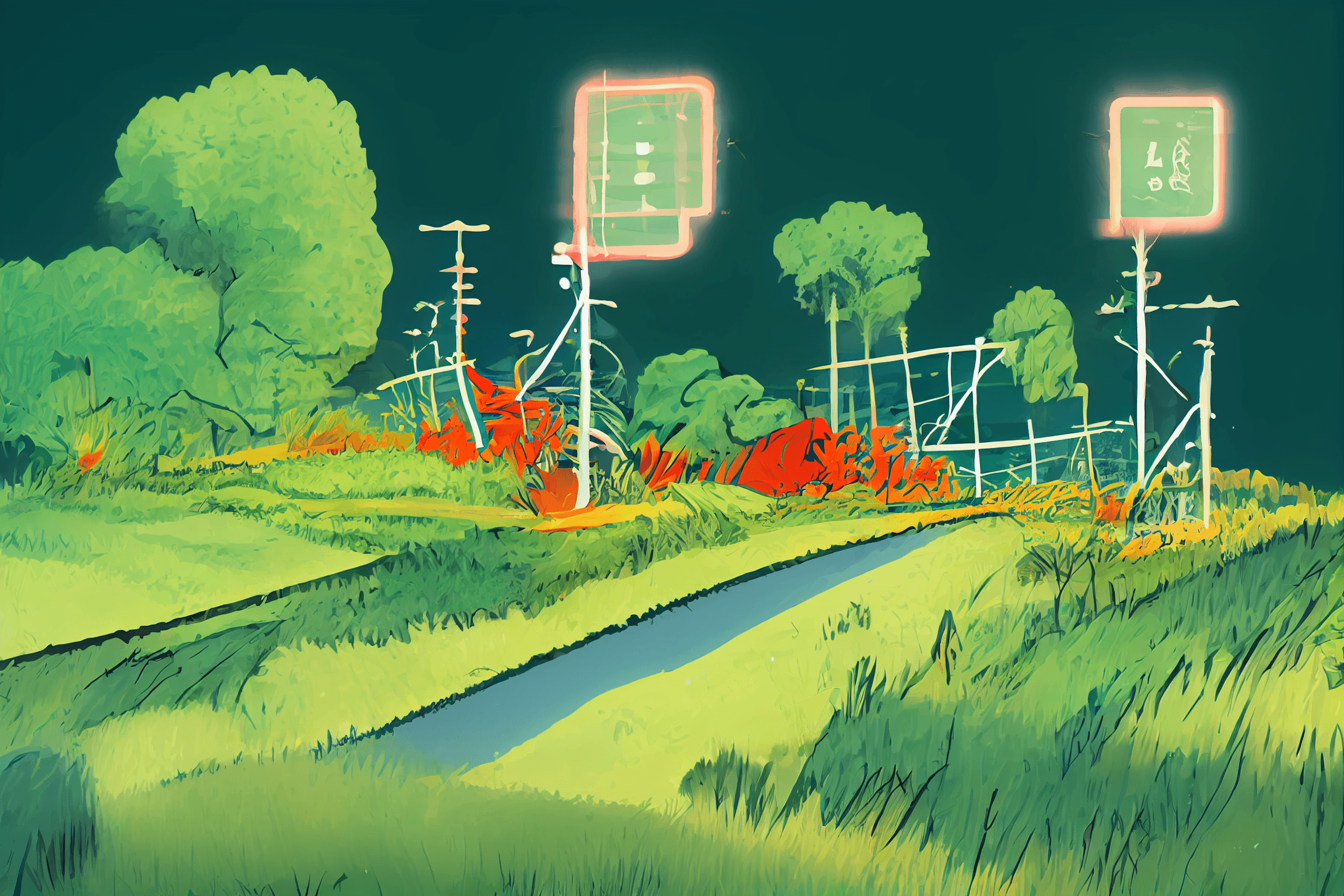
How Sharper Shape built a streamlined annotation pipeline to detect utility defects
Problem
The Sharper Shape team previously used heavily manual workflows and experimented with open-source labeling tools that did not provide the required amount of configuration and customer support needed for their needs and SLAs.
Solution
Labelbox's Annotate product which allowed the Sharper Shape team to connect their raw data into Labelbox via a simple API. Labelbox’s collaboration features also enabled rapid onboarding, training, and throughput for both internal and skilled external labelers to work together in one centralized environment.
Result
Sharper Shape is now able to concentrate on model building and deployment, without sparing additional engineering effort and are able to speed up model training by over 10X. In addition, they have cut costs on labeling by as much as 50%, while maintaining the highest quality in their training data.

Sharper Shape creates technology for safe, efficient transmission and distribution solutions for utility companies by using drones to perform utility inspections. The company uses computer vision models in advanced aerial sensor systems to power the automatic collection and analysis of unmanned aerial inspection data.
A common use case for their technology is the identification of dangerous setups with electric wiring, such as vegetation growing too close, broken insulators, and more, so that utility companies can find and address potential hazards.
As a company fueled by AI, Sharper Shape sets itself apart with a strong, established pipeline for developing their ML models. While many ML teams rely on glued-together systems, preliminary datasets, and random experimentation.
Training multiple computer vision models requires a vast amount of accurately labeled images. Sharper Shape turned to Labelbox to streamline the labeling process, enabling them to use an array of data types, including tiled imagery, and organize their existing data. Prior to Labelbox, the Sharper Shape team relied on heavily manual workflows and experimented with open-source labeling tools that did not provide the required amount of configuration needed for their needs.
With Labelbox, the team could connect their raw data into Labelbox via a simple API. Labelbox’s collaboration features also enabled rapid onboarding, training, and throughput for both internal and skilled external labelers to work together in one centralized environment. In a new initiative, the Sharper Shape team is accelerating their labeling process even more with model-assisted labeling, which allows teams to import their model into Labelbox and address edge cases.
“With the streamlined design of Labelbox, we are able to cut costs on labeling by as much as 50% while maintaining the highest quality in our training data, and get to training our models faster. With human-in-the-loop model-assisted labeling, we expect another huge reduction in time and costs to the labeling process. After a preliminary model is trained, we can run a loop to generate labels from our model’s inference, and feed those back into Labelbox, effectively cutting the labeling load of our labelers to that of reviewing for false positives. That allows us to increase our capabilities and model accuracies exponentially with respect to time for the amount of components and defects we can detect and classify.” — Edward Kim, Data Analyst / AI at Sharper Shape
“Before using Labelbox, we struggled with managing our training data creation infrastructure and manual experiment tracking. We’re now able to concentrate on model building and deployment, without sparing engineering effort and are able to speed up model training by over 10X.” — Jaro Uljanovs, Data Science / AI at Sharper
Shape Sharper Shape's schema which employs model-assisted labeling and a continuous training data iteration loop We’re proud to help companies like Sharper Shape enable breakthroughs and make energy grid inspections safe, fast, and affordable.